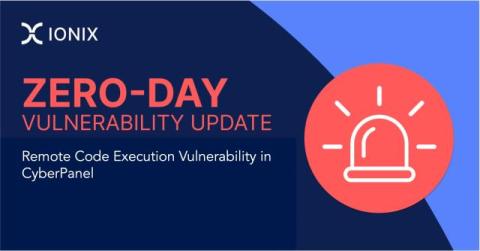Remote Desktop Protocol (RDP) Vulnerability
Remote Desktop Protocol (RDP) is a protocol developed by Microsoft, providing the user access to remotely connect with another computer. Microsoft’s remote desktop protocol is one of the best currently available in the market, working efficiently with an effortless graphical user interface (GUI). It can be used between multiple Windows Operating Systems and Devices. This article discussed RDP protocol security and current RDP vulnerabilities.











